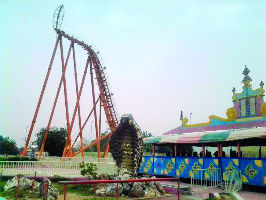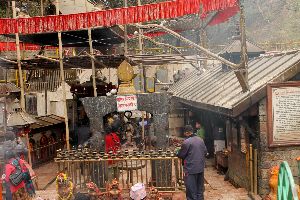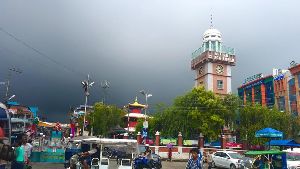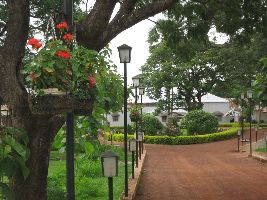Gwalior Fort
About Gwalior Fort
Babur called it the “Pearl amongst the Fortresses of Hind”, Embellished with blue painted tile complements the blue sky against the brown of the fort. Gwalior Fort dominates the city and is its most significant monument. It has been the scene of momentous events, imprisonment, battles and jauhars . A steep road winds upwards to the fort, flanked by statues of the Jain tirthankaras, carved into the rock face. The magnificent outer walls of the fort still stand, two miles in length and 35 feet high, bearing witness to its reputation for being one of the most invincible forts of India.
Even though many of these have been defaced by the iconoclastic Mughals , their perfection of form has survived the ravages of time. Particularly worth seeing is the statue of Shalbhanjika from Gyraspur, the tree goddess, the epitome of perfection in miniature.
Vast chambers with fine stone screens were once the music halls, and behind these screens, the royal ladies would learn music from the great masters of the day. At Man Mandir Palace, a poignant ambience of those days of chivalry and heroism still lingers in the silent chambers. A superbly mounted Son-et-Lumiere here brings it all alive every evening.
Gwalior Tour Packages
Family Getaway 8 Days Gwalior to Orchha Vacation Package
10 Days 9 Nights Gwalior Tour Package by erotictempletours
9 night 10days Enchanting Madhya Pradesh.
Amazing 11 Days 10 Nights Delhi, Jaipur, Agra, Gwalior, Khajuraho with Varanasi Vacation Package
Heart-warming 10 Days 9 Nights Indore Tour Package
Complete Madhya Pradesh 14 Night 15 Days ..
Pleasurable 15 Days 14 Nights Indore Vacation Package
Family Getaway 15 Days 16 Nights Khajuraho Tour Package
15 Days 16 Nights Delhi Historical Places Holiday Package
Experience 15 Days 16 Nights Delhi, Bhopal, Varanasi and Indore Trip Package
Beautiful 16 Days 15 Nights Khajuraho Vacation Package
Best 16 Days 15 Nights Agra Vacation Package
Beautiful Jaipur Tour Package for 21 Days 20 Nights
Gwalior Fort Rating & Reviews
- Home
- India
- Gwalior Tours
- About Gwalior Fort
- Log in
- Enquiry Form
To City (Destination)
From City
Travel Date
Travel Duration (In Days)
Adult
Child
Infant
Travel With
Hotel
Rooms
Type of Trip
Total Budget (in INR)
Ticket Booked ?
Ticket Required?
Mode of Transport
Ticket Category
I will book
Date of Birth
Gender
Marital Status
Income (Per Month)
Nationality
Preferred Language
Total countries visited so far
Do you have a Visa ?
Do you have a Passport?
Preferred Time to Call
We have identified additional inquiries related to your tour. Please review them and let us know if there are any inquiries you would like us to remove.
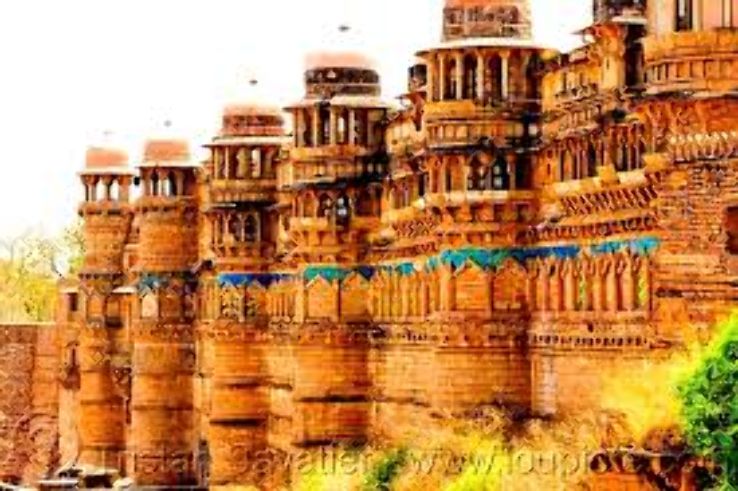
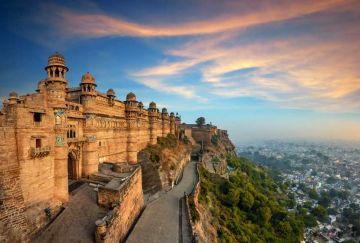
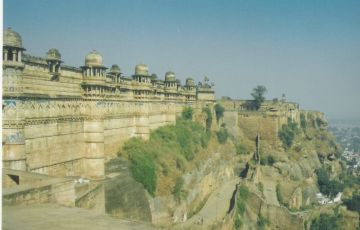
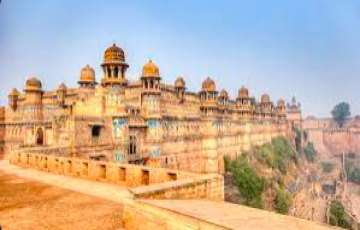
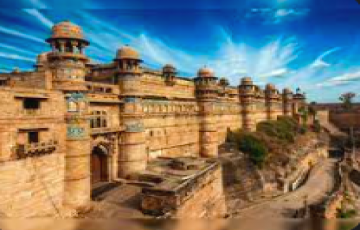
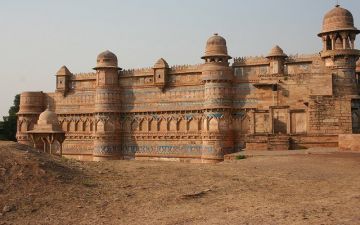
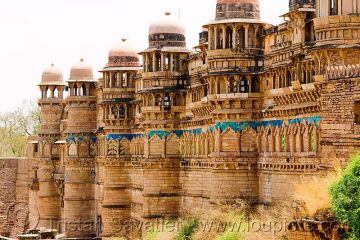
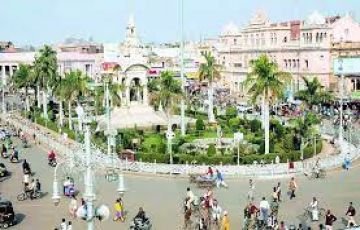
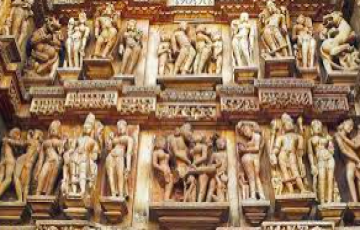
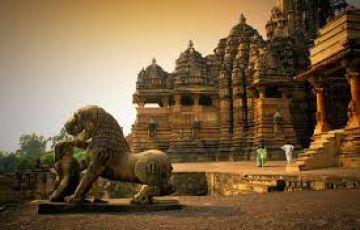
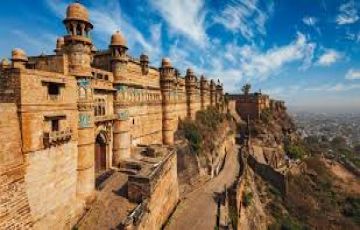

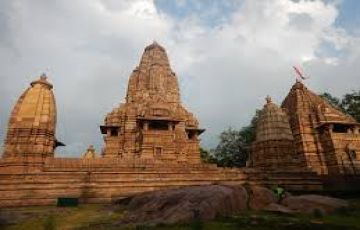
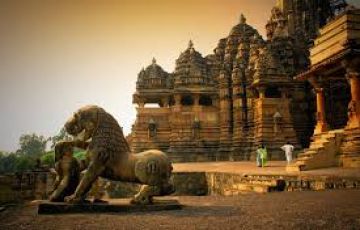
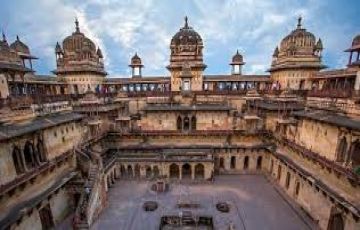
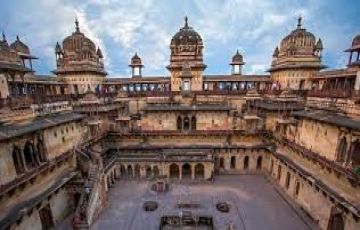
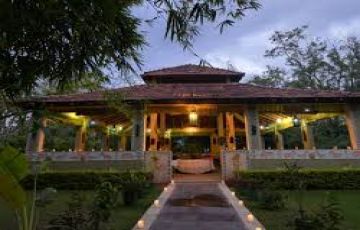
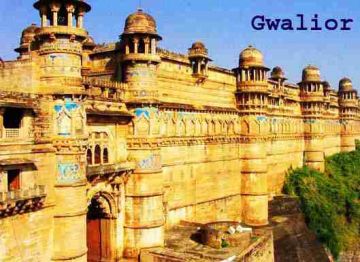
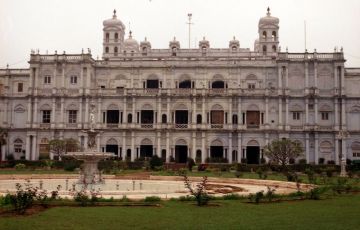
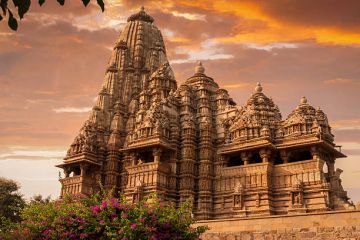
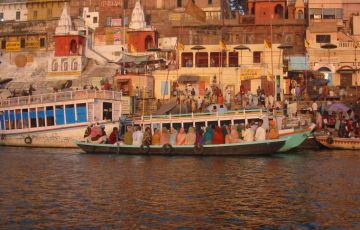

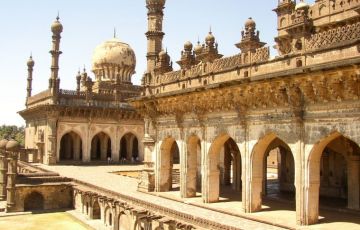
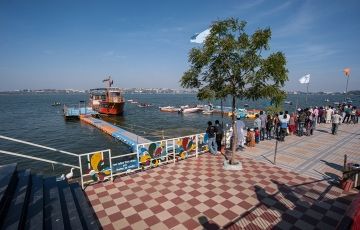
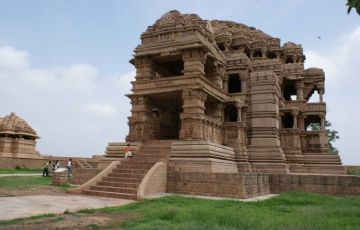
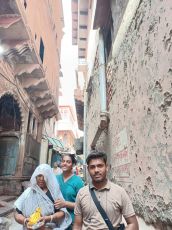
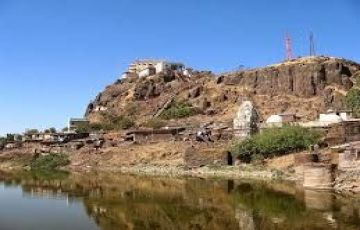
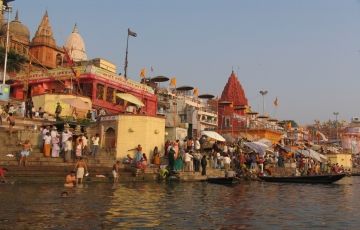
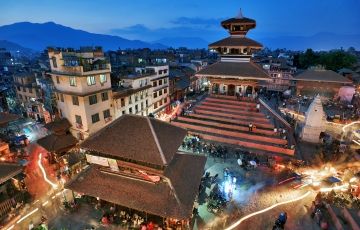
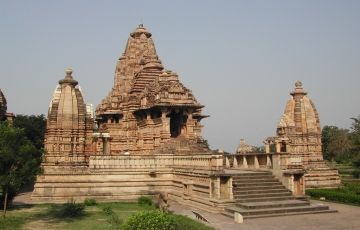
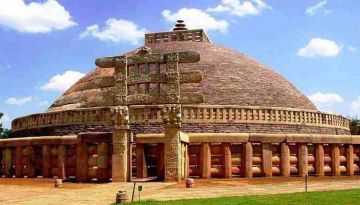

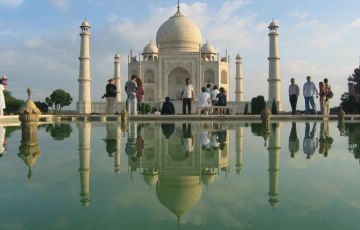

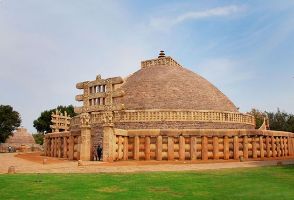
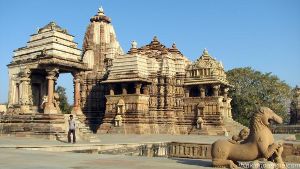



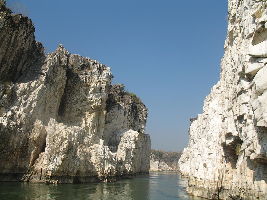
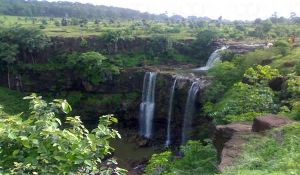
_1509030699t.jpg)
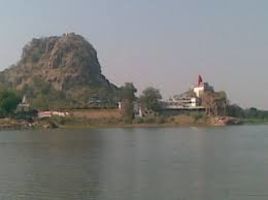


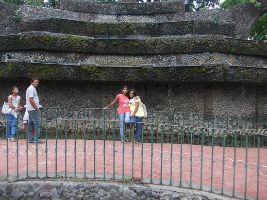
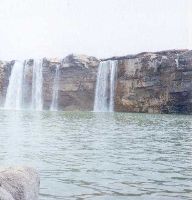
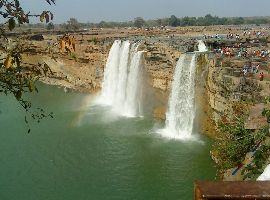


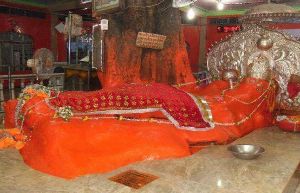
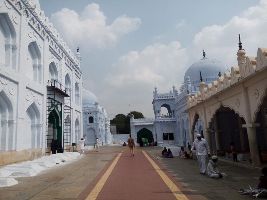
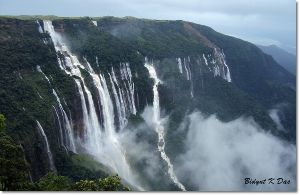
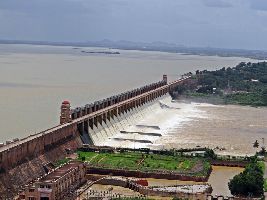


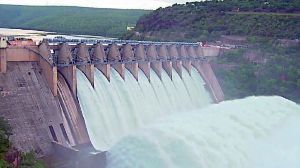
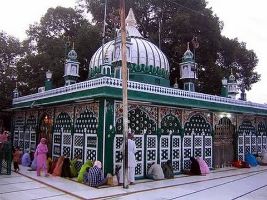
_1511245397t.jpg)
_1522933661t.jpg)
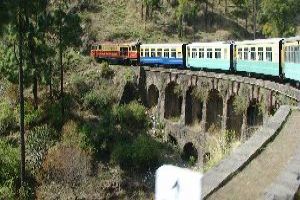
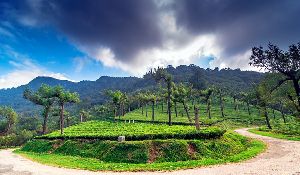
_02_1523438318t.jpg)
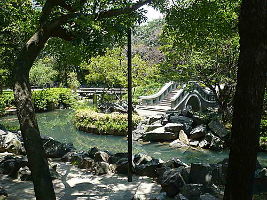


_1517026706t.jpg)

_1516795967t.jpg)
